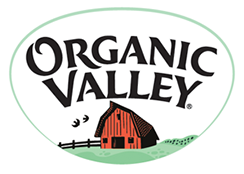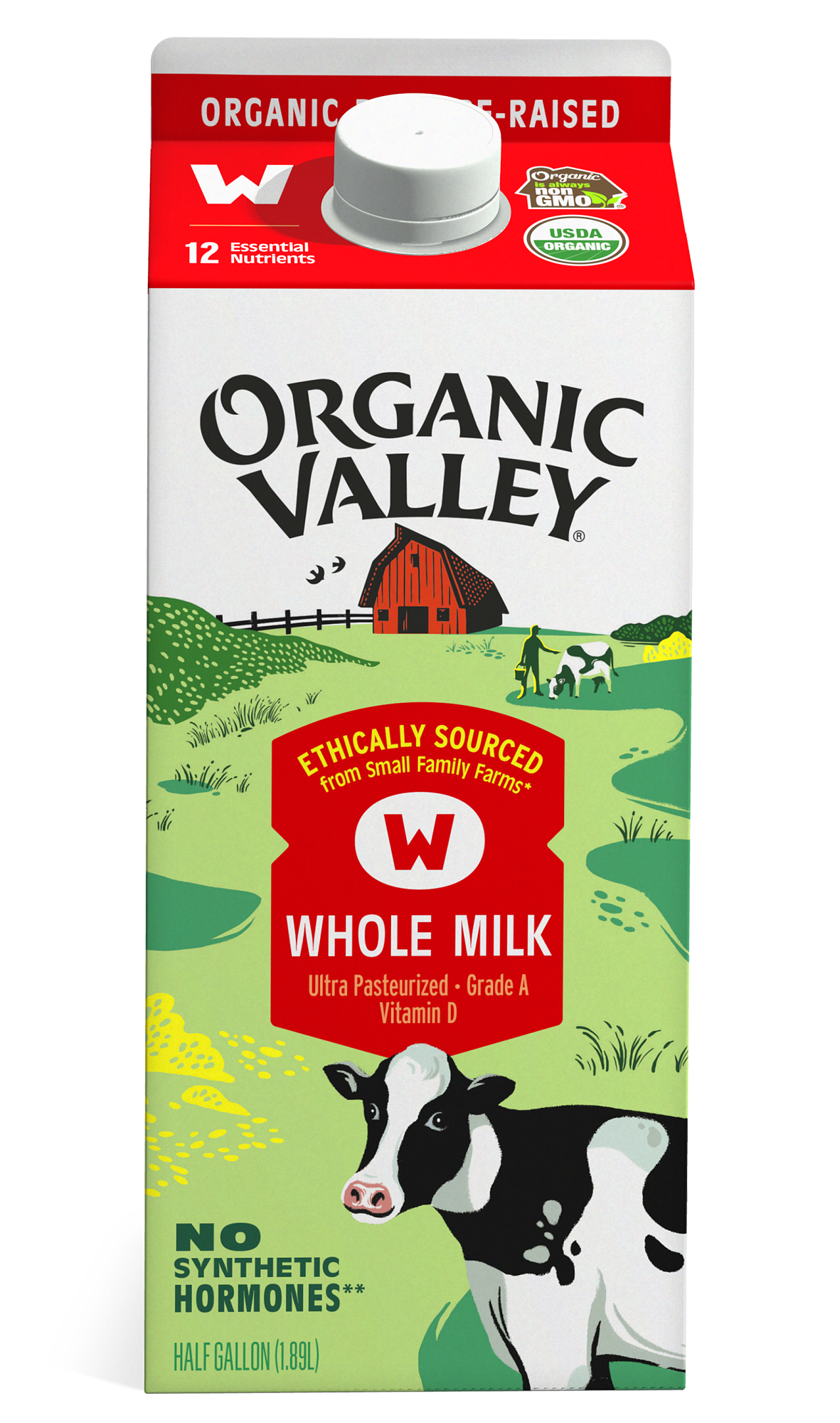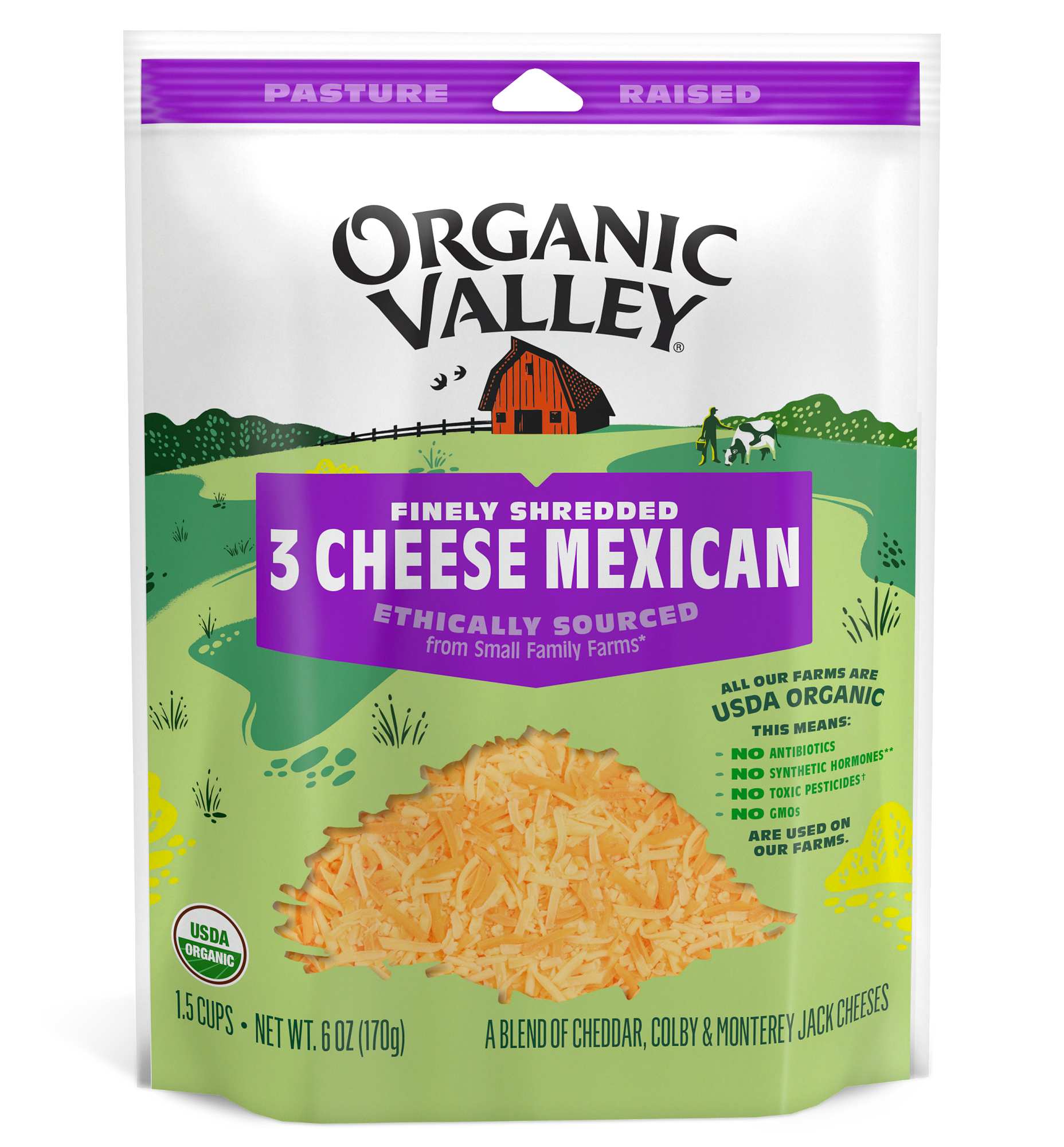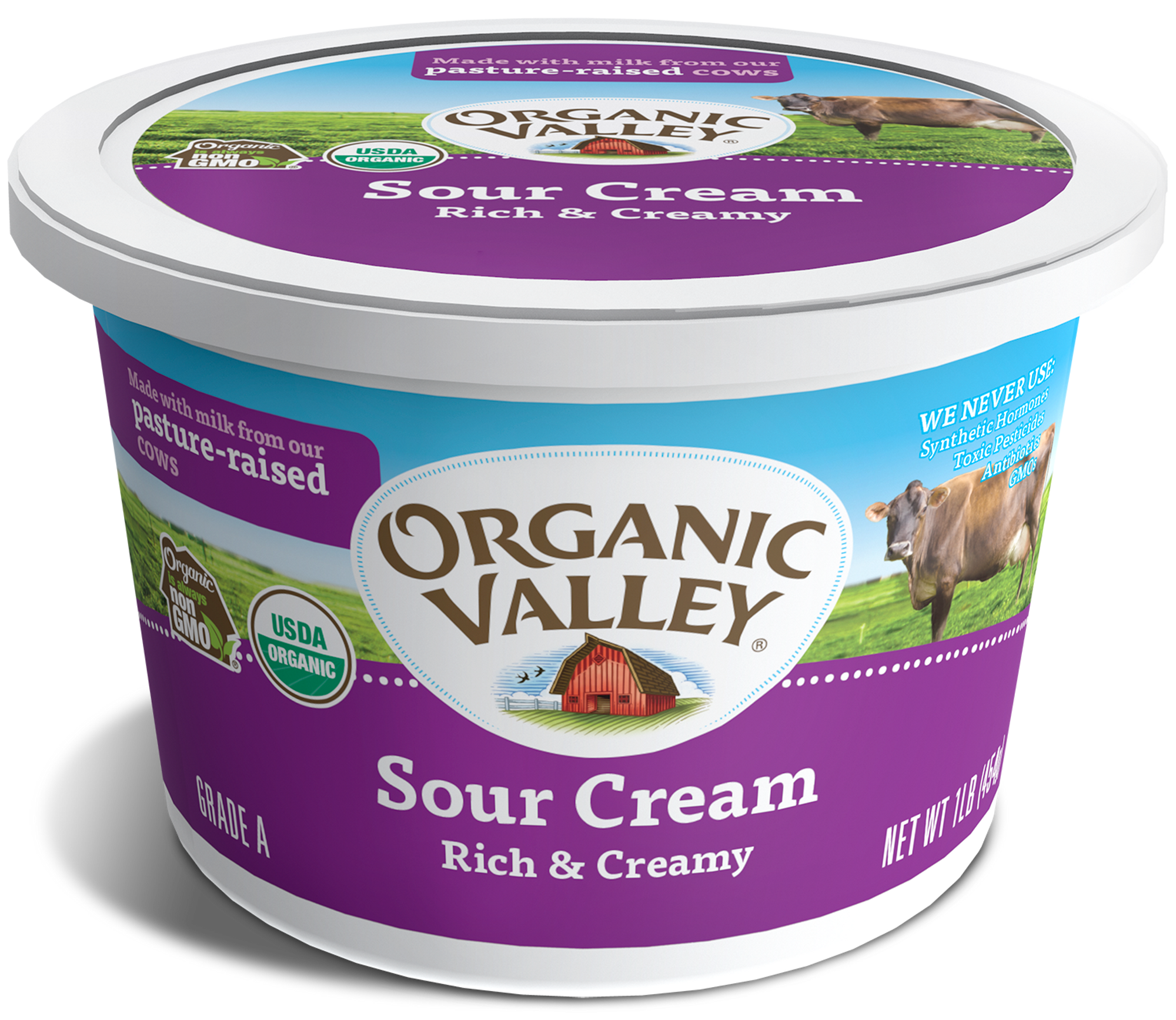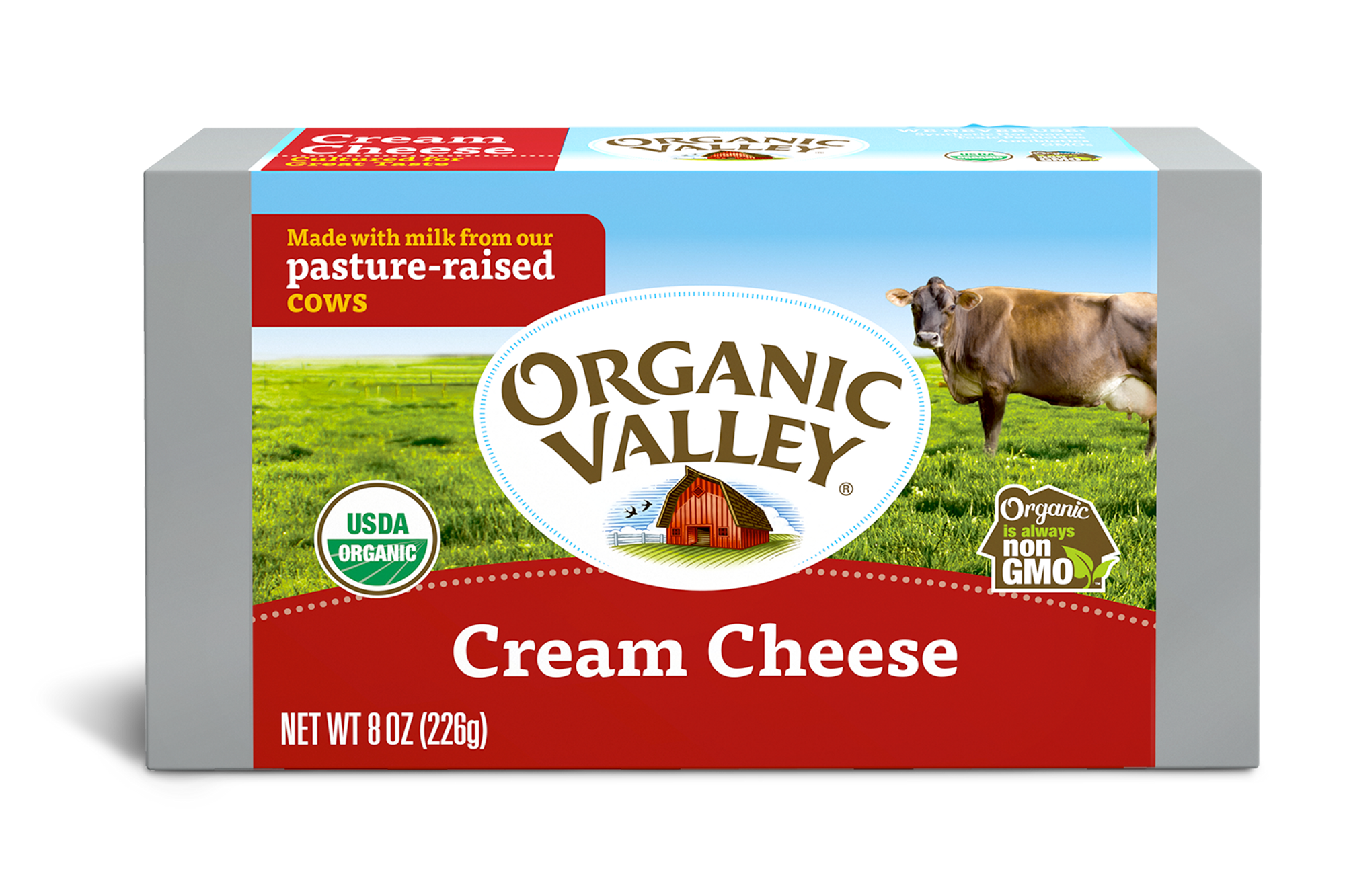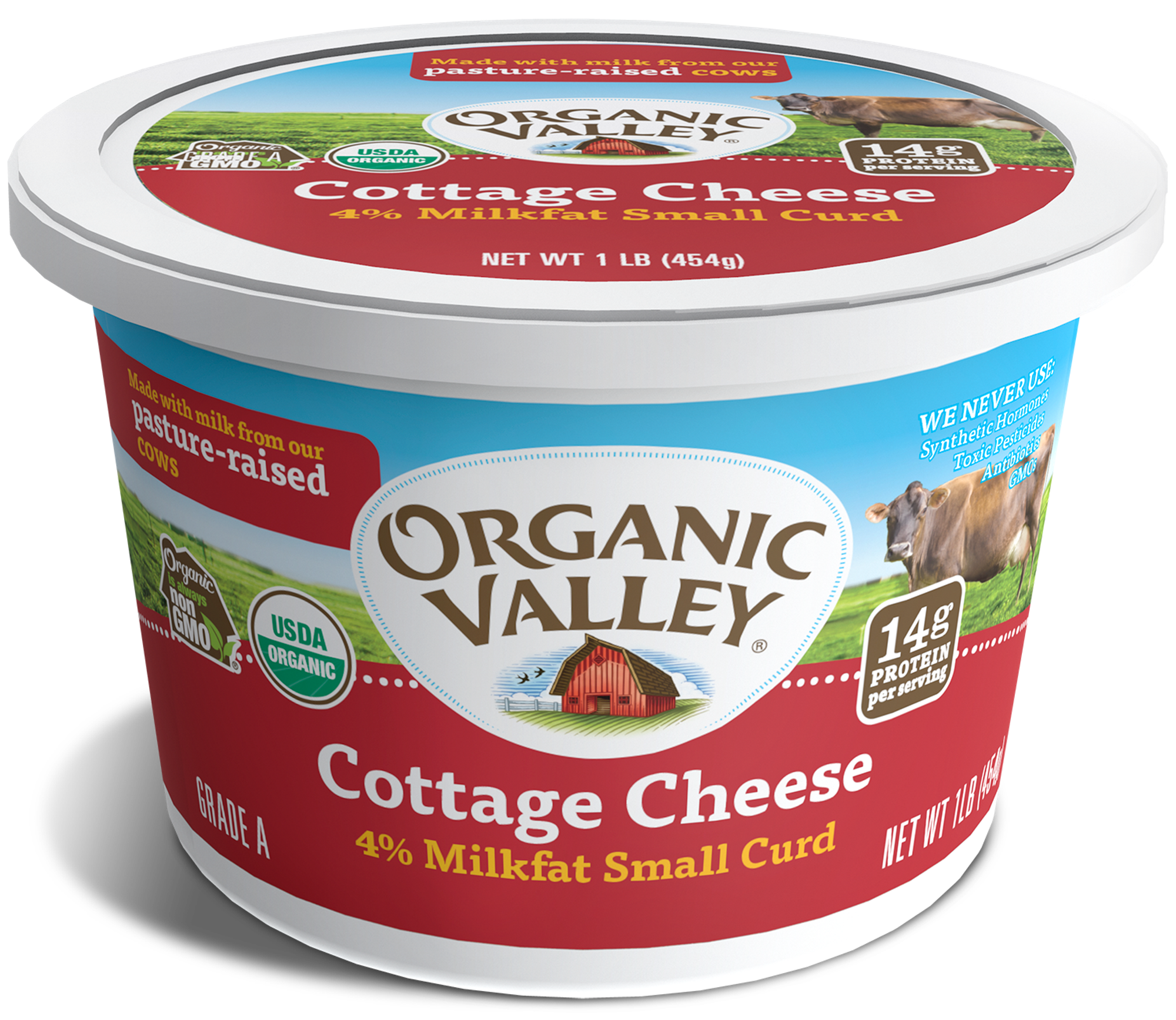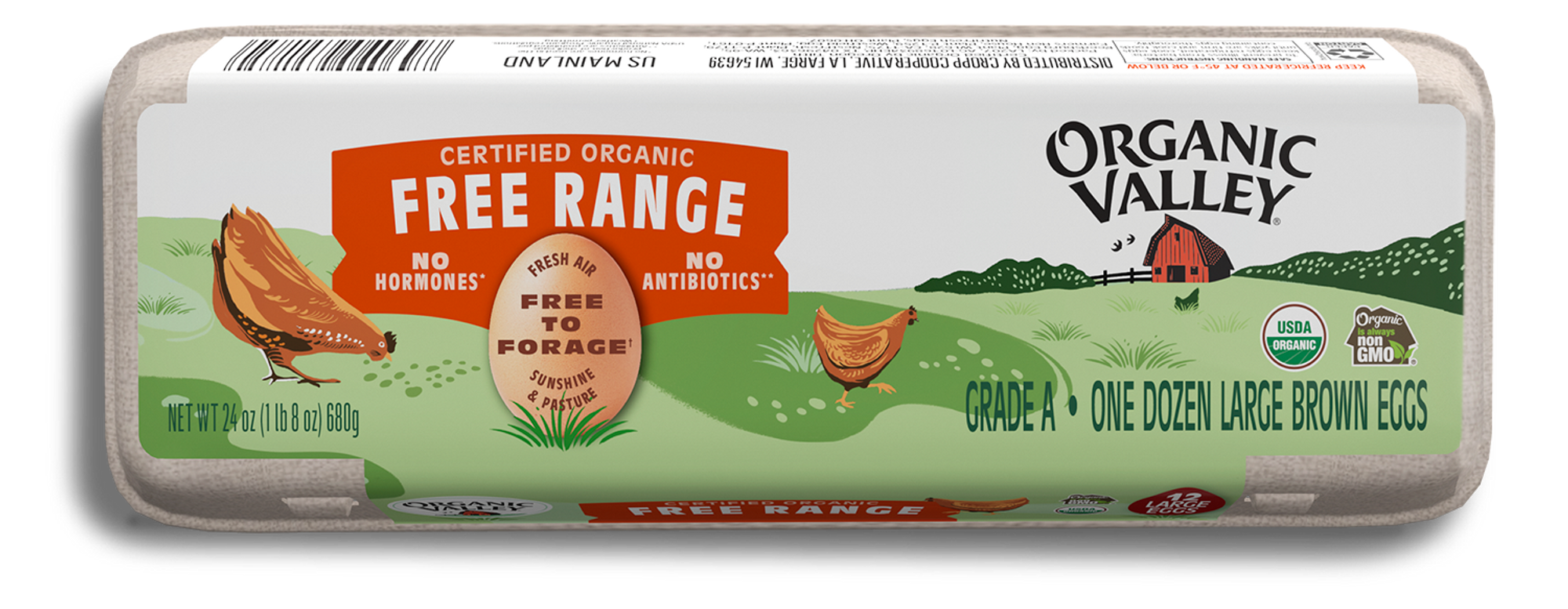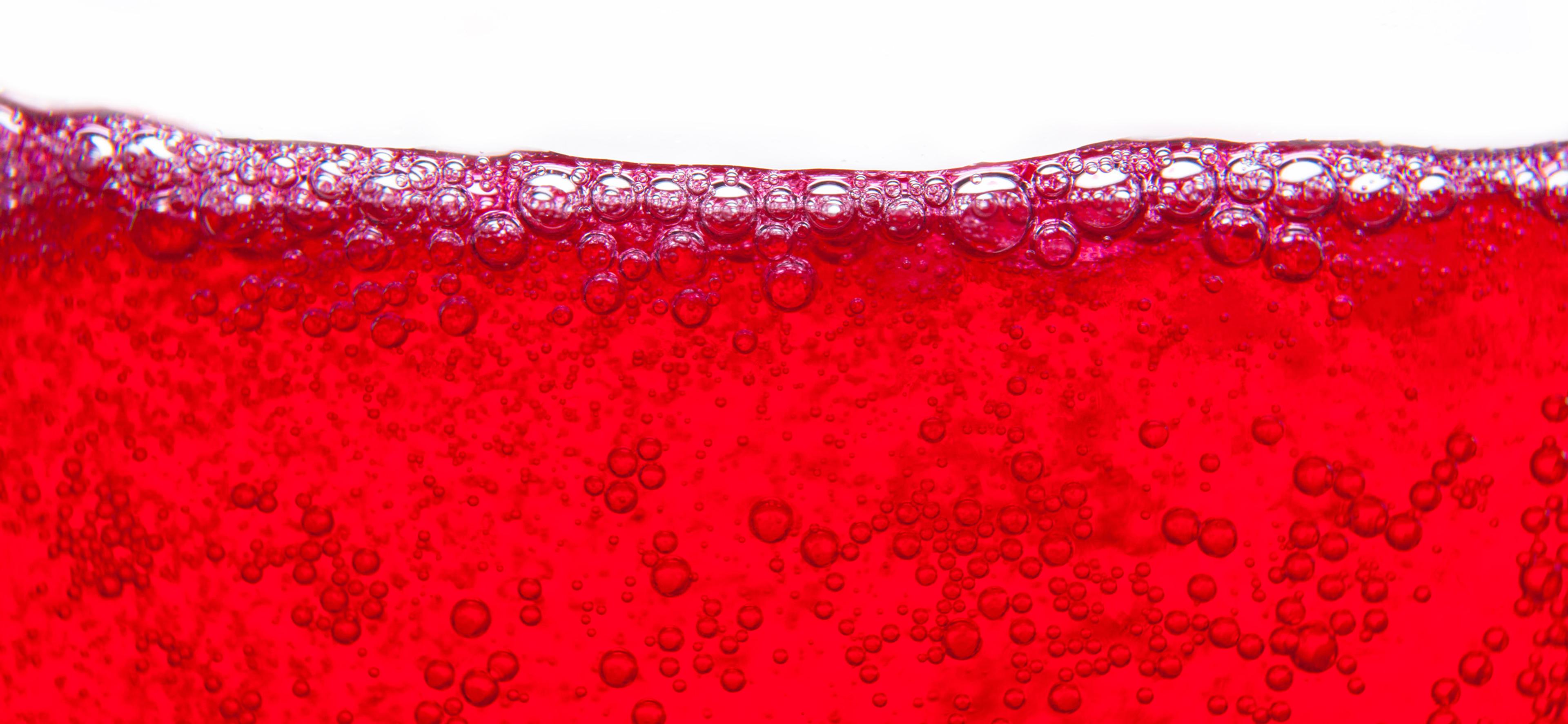
Organic
How FDA Ban on Red No. 3 Artificial Coloring Impacts Organic Food
The Food and Drug Administration’s decision to ban Red Dye 3, a synthetic dye linked to cancer in animals, is of much interest to Organic Valley®.
USDA-certified Organic products have always stayed away from synthetic dyes.
The announcement to ban FD&C Red No. 3, also referred to as Red Dye No. 3 or Red Dye 3, comes more than two years after food safety and health advocates petitioned the FDA to revoke its use in food and ingested drugs. The FDA received nearly 35,000 comments from across the nation regarding the request! It announced its decision last week.
The dye, which is used in thousands of candies, foods, drinks (including strawberry milk) and ingested drugs, was banned from use in cosmetic products more than 30 years ago because a study showed it caused cancer in rats that ingested it. However, it was still allowed in food products.
More than 30 years ago was also around the same time Organic Valley founders got together to form our co-op — a cooperative born out of the desire to provide consumers with food options from organic farms. (There were no federal standards around “organic” when seven Wisconsin farmers formed the co-op.) Organic Valley was active in writing the National Organic Standards we know today!
Along with helping the co-op’s farmers market their products, the co-op joined the movement to bring to market food produced on farms without the use of toxic pesticides, herbicides or genetically modified organisms and processed without artificial colors.
What Artificial Dyes Are In Certified Organic Foods?
None! Artificial colors and dyes are not allowed in certified organic foods. However, natural dyes from things like beets, carrots or elderberry are allowed. Since Organic Valley’s founding, we have never used Red Dye 3.

USDA Certified Organic foods are grown and processed according to National Organic Program requirements, which regulate things like maintaining or improving soil quality, providing animal welfare practices, controlling pests and weeds naturally, and restricting the use of certain product ingredients, according to the USDA.
Regulations prohibit organically processed foods from containing synthetic preservatives, and artificial colors or flavors. Processed organic foods may contain some approved non-agricultural ingredients, like enzymes in yogurt and baking soda in baked goods.
These ingredients must come from a list of approved substances that have been evaluated for safety and their impact on human and environmental health. To label food “organic,” even these ingredients are only allowed to make up 5% or less of the total ingredients used to make the organic food.
The National Organic Standards Board meets twice a year to review the list and make recommendations to the USDA for approved substance changes based on advancements in farming and food science. Our cooperative is passionate about that list and continues to take an active role with the National Organic Standards Board.
How Do I Choose Foods That Don’t Have Artificial Dyes?
You can start by looking for foods that bear the USDA Organic seal. When a product is certified organic, processing plants and brands are required to be audited every year by a third-party certifier. Certifiers are independent organizations accredited by the USDA National Organic Program (NOP) to conduct unbiased organic inspections.
The USDA Organic label is backed by rigorous federal production and processing standards. Along with prohibiting artificial dyes, products carrying the label must be grown or raised on farms without the use of genetic engineering, antibiotics, synthetic growth hormones and more, according to the Organic Trade Association.
Organic processors must take numerous steps to ensure applicable organic standards are met. This means thoroughly cleaning machinery, storing organic ingredients separate from non-organic ones to avoid mixing, and lots of recordkeeping. The result is an organic production system designed to maintain the integrity of the organic products you put in your shopping cart!
Back to the question at hand. How does the FDA ban on Red No. 3 impact organic food? It doesn’t! Organic food is ahead of the curve, and we continue to hope others that shape the food system begin to adopt organic practices.
When it comes to organic standards, our co-op doesn’t just follow the rules, we helped the USDA write them. We continue to advocate for them to this day. Like you, we believe it’s important to know where your food comes from and what’s in it.
While conventional food companies are busy looking for alternatives to Red No. 3 over the next few years, organic food companies can focus their efforts elsewhere.
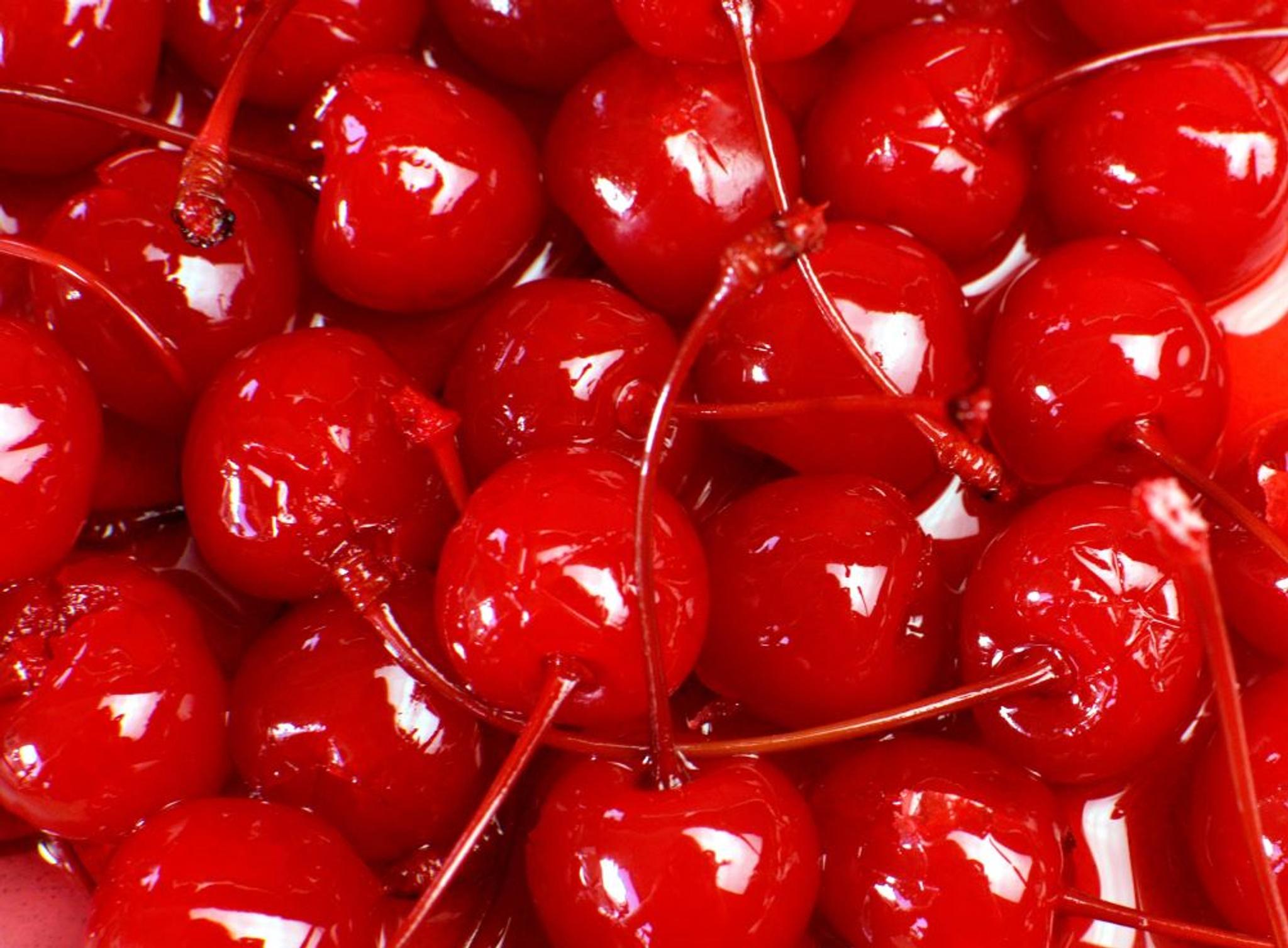
Timeline to Remove Red No. 3
Manufacturers that use FD&C Red No. 3 in food and ingested drugs will have until Jan. 15, 2027, to reformulate their products. However, consumers could see Red No. 3 as an ingredient in a food or drug product on the market past the effective date if that product was manufactured before the effective date, according to the FDA.
Here is a look at some of the past regulatory actions regarding the additive:
- 1969: Red No. 3 is used in foods and ingested drugs, and these uses are permanently listed under the FDA’s color additive regulations.
- 1990: FDA denies a petition requesting permanent authorization of Red No. 3 in cosmetics and topical drugs, due to data showing Red No. 3 caused cancer in rats. The FDA denies the petition based on the Delaney Clause.
- 1992: The FDA announces its intention to revoke the permanent listings for the uses of Red No. 3 in food and ingested drugs based on the Delaney Clause due to effects observed in male rats. The agency eventually decides not to take action, given the resources required to remove this authorization.
- 2022: Petitioners file a “Request to Revoke Color Additive Listing for Use of FD&C Red No. 3 in Food and Ingested Drugs” with the FDA. The petitioners include: Center for Science in the Public Interest, Breast Cancer Prevention Partners, Center for Environmental Health, Center for Food Safety, Chef Ann Foundation, Children’s Advocacy Institute, Consumer Federation of America, Consumer Reports, Defend Our Health, Environmental Defense Fund, Environmental Working Group, Feingold Association of the United States, Food & Water Watch, Healthy Babies Bright Futures, Life Time Foundation, Momsrising, Prevention Institute, Public Citizen, Public Health Institute, Public Interest Research Group, Real Food for Kids, Lisa Y. Lefferts, Linda S. Birnbaum and Philip J. Landrigan.
- Jan. 15, 2025: FDA announces it will no longer allow the use of FD&C Red No. 3 in food and ingested drugs.
- Jan. 15, 2027: Deadline for manufacturers that use FD&C Red No. 3 in food and ingested drugs to reformulate their products.
An antique typewriter fanatic and chicken mom who treasures time outdoors admiring all that nature has to offer, Jennifer McBride is Rootstock’s editor. McBride spent 15-plus years as a journalist and newspaper editor before finding her niche with the nation’s leading organic dairy cooperative. Contact her at Rootstock@organicvalley.com.
Related Articles
- Tags:
- food labeling
